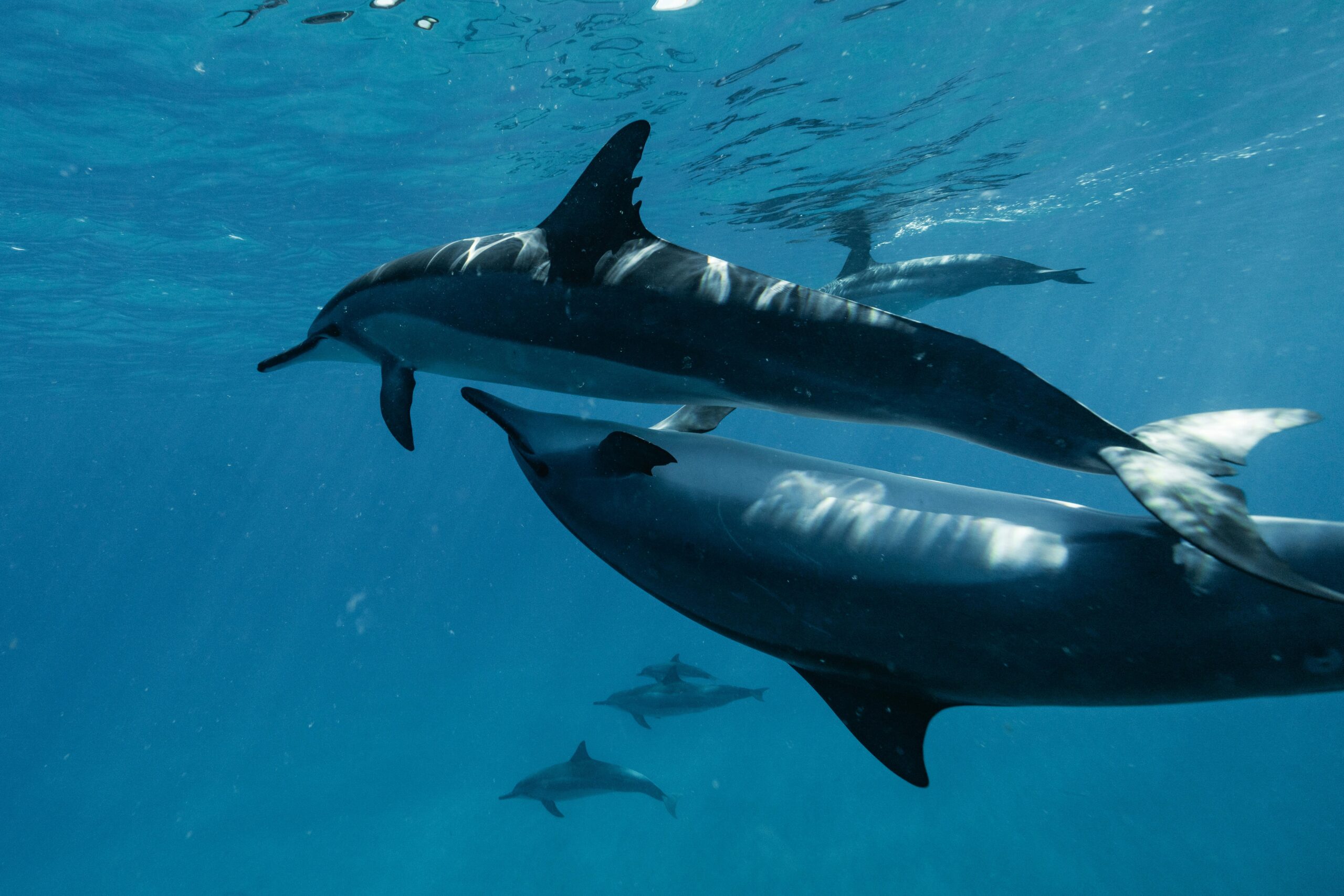Climate change isn’t just altering our planet—it’s reshaping our mental landscape. As environmental crises intensify, so does the psychological weight many of us carry daily.
🌍 Understanding Eco-Anxiety in Our Modern World
Eco-anxiety has emerged as one of the defining emotional experiences of our generation. This phenomenon describes the chronic fear and distress related to environmental doom, climate catastrophes, and the uncertain future of our planet. Unlike clinical anxiety disorders, eco-anxiety is a rational response to real-world threats that we witness through news cycles, scientific reports, and increasingly, our own lived experiences.
The American Psychological Association recognizes eco-anxiety as a growing concern affecting people across all demographics, though it particularly impacts younger generations who will inherit the consequences of today’s environmental decisions. Studies show that over 70% of young adults experience significant distress when thinking about climate change, with many reporting feelings of powerlessness, grief, and existential dread.
This anxiety manifests differently for everyone. Some people experience panic attacks when reading environmental news, while others feel a persistent low-level dread that colors their daily decision-making. Parents worry about bringing children into an uncertain world. Coastal residents fear rising sea levels. Farmers watch weather patterns destabilize. The anxiety is both personal and collective, individual and planetary.
Why Your Feelings Are Valid and Important
Before exploring coping strategies, it’s crucial to validate these emotions. Eco-anxiety isn’t irrational—it’s a sign that you’re paying attention. Your nervous system is responding appropriately to legitimate threats. This acknowledgment matters because dismissing these feelings as “overreaction” can lead to suppression, which often intensifies anxiety rather than resolving it.
Environmental psychologists point out that eco-anxiety can actually serve an adaptive function. It motivates action, drives innovation, and strengthens community bonds. The key isn’t eliminating these feelings but channeling them productively. When managed effectively, eco-anxiety transforms from a paralyzing force into a catalyst for meaningful change.
Your emotional response to environmental crisis also connects you to a larger human experience. You’re not alone in feeling this way, and that connection itself can be therapeutic. Climate grief groups, environmental action communities, and sustainability circles provide spaces where these feelings are normalized and shared.
🧘 Mindfulness Practices for Environmental Stress
Mindfulness offers powerful tools for managing the overwhelming nature of eco-anxiety. These practices don’t ignore reality but help you engage with it from a more grounded, resilient place. The goal is developing emotional regulation skills that prevent burnout while maintaining your commitment to environmental values.
Start with breath-focused meditation, even just five minutes daily. When climate anxiety rises, your breath becomes shallow and rapid. Intentional breathing activates your parasympathetic nervous system, counteracting the fight-or-flight response. Try the 4-7-8 technique: inhale for four counts, hold for seven, exhale for eight. This simple practice creates immediate physiological calm.
Nature immersion meditation offers particular benefits for eco-anxiety. Spending time in natural settings—forests, parks, beaches, gardens—reduces cortisol levels and reconnects you with what you’re fighting to protect. This isn’t escapism; it’s remembering why environmental health matters. When anxiety becomes abstract and overwhelming, direct contact with nature makes it tangible and manageable.
Body scan practices help you notice where environmental stress manifests physically. Many people carry climate anxiety in their shoulders, jaw, or stomach without realizing it. Regular body scans increase awareness of these tension patterns, allowing you to release them before they become chronic issues.
Setting Healthy Boundaries with Environmental News
Information awareness is important, but constant exposure to climate catastrophe news creates a state of perpetual crisis in your nervous system. This doesn’t mean ignorance—it means strategic engagement. The goal is staying informed without becoming overwhelmed to the point of paralysis.
Establish specific times for checking environmental news rather than scrolling throughout the day. Many people find that limiting news consumption to 15-30 minutes in the morning or evening allows them to stay current without drowning in negativity. Outside these windows, actively redirect your attention to constructive activities.
Curate your information sources carefully. Follow accounts and publications that balance reporting on problems with highlighting solutions. Solution-focused journalism provides context that empowers rather than just frightens. Organizations like Reasons to Be Cheerful, Good News Network, and Positive News specialize in progress-oriented environmental coverage.
Implement a “doom-scrolling” interruption strategy. When you catch yourself spiraling through alarming headlines, have a predetermined alternative ready: a walk outside, calling a friend, working on a project, or engaging in physical activity. This pattern interruption prevents the anxiety loop from deepening.
💪 Taking Action: From Paralysis to Empowerment
Action is the most effective antidote to eco-anxiety. When you move from passive worry to active engagement, you reclaim agency. This doesn’t require grand gestures—small, consistent actions create meaningful impact while significantly reducing anxiety.
Start with personal sustainability changes that align with your values and circumstances. These might include reducing plastic use, composting, choosing sustainable transportation, or shifting toward a plant-based diet. The specific actions matter less than the psychological shift from helplessness to agency. Each choice reinforces your identity as someone who acts rather than just worries.
Community involvement multiplies both environmental impact and mental health benefits. Join local environmental groups, participate in community gardens, attend climate action meetings, or volunteer for conservation projects. These activities provide social connection, shared purpose, and visible results—all powerful buffers against anxiety.
Political engagement channels eco-anxiety into systemic change efforts. Contact elected representatives about environmental legislation, participate in climate marches, support green candidates, or join advocacy campaigns. System-level problems require system-level solutions, and participating in these efforts reduces the feeling of individual burden.
Building Your Personal Climate Action Plan
A structured action plan transforms overwhelming concern into manageable steps. This approach breaks down the enormity of climate change into specific areas where you can make a difference, preventing the paralysis that comes from trying to address everything simultaneously.
Identify 2-3 environmental issues that resonate most deeply with you. You can’t tackle every problem, and trying to do so leads to burnout. Maybe ocean plastic pollution moves you most, or local air quality, or renewable energy transition. Focus creates effectiveness and sustainability in your activism.
Set specific, measurable goals within your chosen focus areas. Instead of “help the environment,” aim for “reduce household waste by 50% over six months” or “volunteer with the local river cleanup group twice monthly.” Concrete goals provide both direction and the satisfaction of measurable progress.
Track your actions and their impacts. Keep a sustainability journal or use apps that calculate your carbon footprint reduction. Visible progress counters the narrative that individual actions don’t matter. While systemic change is essential, individual actions accumulate and model possibilities for others.
🤝 Finding and Building Supportive Communities
Isolation intensifies eco-anxiety, while community connection provides resilience. Sharing your concerns with others who understand creates validation and reduces the burden of carrying these feelings alone. Community also multiplies action—together, we accomplish what’s impossible individually.
Seek out local environmental groups that match your interests and energy level. Some focus on direct action like tree planting or beach cleanups, others on education and advocacy, still others on sustainable lifestyle support. Experiment until you find communities where you feel energized rather than depleted.
Online communities offer connection when local options are limited. Facebook groups, Reddit forums like r/ClimateActionPlan, and Discord servers dedicated to sustainability provide 24/7 access to supportive networks. These digital spaces work best when they balance venting with solution-sharing and mutual encouragement.
Consider or create a climate feelings group specifically designed for emotional processing. These differ from action-oriented environmental groups by prioritizing psychological support. Participants share their eco-anxiety, grief, and hopes in a structured, supportive environment, often facilitated by someone with mental health training.
Reframing Your Relationship with Uncertainty
Much eco-anxiety stems from uncertainty about the future. We don’t know exactly how climate scenarios will unfold, which feels terrifying. Learning to hold uncertainty without collapsing into despair is a crucial skill for maintaining mental health in the climate era.
Uncertainty contains possibilities, not just threats. While we can’t predict the future precisely, we know that outcomes depend partly on actions taken now. This makes the future contingent rather than predetermined—frightening, yes, but also empowering. Your actions exist within that space of possibility.
Practice distinguishing between productive and unproductive worry. Productive worry leads to planning and action: “I’m concerned about water security, so I’ll support watershed conservation.” Unproductive worry spirals without direction: “Everything’s doomed and nothing matters.” When you notice unproductive worry, consciously redirect to actionable concerns.
Develop tolerance for ambiguity through small exercises. Practice sitting with uncertain situations in other life areas without immediately seeking resolution. This builds the mental muscle needed to engage with climate uncertainty without becoming overwhelmed. Meditation and mindfulness practices specifically train this capacity.
🌱 Cultivating Hope Without Denying Reality
Hope isn’t naive optimism or denial of serious environmental challenges. It’s the belief that action matters and that multiple futures remain possible. This nuanced hope sustains long-term engagement without the crashes that follow unrealistic positivity.
Active hope differs from passive hope. Passive hope waits for someone else to fix problems; active hope engages directly with challenges. This distinction matters psychologically—active hope generates agency and purpose, while passive hope often masks despair and leads to disappointment.
Study environmental success stories intentionally. The ozone layer is healing because of coordinated action. Renewable energy has become cheaper than fossil fuels faster than anyone predicted. Countless species have been brought back from the brink of extinction. These victories prove that human effort changes outcomes.
Connect with people already creating the future you want to see. Follow innovators developing sustainable technologies, communities implementing circular economies, activists winning policy victories, and scientists making breakthroughs. Their work provides evidence that transformation is underway, even if unevenly and incompletely.
Protecting Your Mental Health While Staying Engaged
Long-term environmental engagement requires sustainable self-care practices. Burnout helps no one, and many activists cycle through intense engagement followed by exhausted withdrawal. Preventing this pattern means treating mental health maintenance as essential, not optional.
Establish non-negotiable boundaries around your activism. Decide in advance how many hours weekly you’ll dedicate to environmental work, and protect time for rest, relationships, and activities unrelated to climate. All-consuming activism might feel noble, but it’s ultimately ineffective because it’s unsustainable.
Celebrate small wins explicitly. Environmental work involves long timelines and often invisible progress, which can feel discouraging. Consciously acknowledge incremental victories: another person educated, a small policy improvement, a sustainable practice adopted. These celebrations sustain motivation through inevitable setbacks.
Seek professional mental health support when eco-anxiety becomes overwhelming. Therapists increasingly recognize climate distress as a legitimate concern requiring professional intervention. Look for practitioners familiar with eco-anxiety, or educate your current therapist about this specific form of distress.
Teaching the Next Generation to Navigate Eco-Anxiety
If you’re parenting or working with young people, you have the opportunity to help them develop healthy relationships with environmental concerns from the start. Children and teenagers are particularly vulnerable to eco-anxiety, and they need adults who acknowledge reality while modeling resilient engagement.
Talk openly about environmental challenges in age-appropriate ways. Children sense adult anxiety even when topics are avoided, and silence often amplifies fear. Honest conversations that include both challenges and solutions help young people develop realistic understanding without overwhelming them.
Involve children in concrete environmental actions suited to their developmental level. Younger children might help with recycling or planting gardens, while teenagers can participate in community organizing or school environmental clubs. Action builds competence and counters helplessness across all ages.
Model balanced engagement yourself. Children learn more from what you do than what you say. If they see you managing eco-anxiety healthily—staying informed but not obsessed, taking action without martyring yourself, maintaining hope while acknowledging problems—they’ll internalize these patterns.
🔄 Creating Sustainable Rhythms of Engagement and Rest
Environmental consciousness shouldn’t mean constant crisis mode. Just as nature operates in cycles—seasons, day and night, growth and dormancy—your engagement can follow sustainable rhythms that prevent burnout while maintaining consistency.
Design weekly rhythms that balance action with restoration. Perhaps weekends include environmental volunteer work, while weekday evenings focus on personal recharge. Or maybe you engage intensely with climate work for certain months, then shift to maintenance mode during others. Find patterns that feel sustainable for your circumstances.
Incorporate regular nature connection into your routine. Daily if possible, weekly at minimum, spend time in natural settings without agenda or productivity goals. This isn’t about getting anything done—it’s about remembering your fundamental connection to the living world and allowing that relationship to replenish you.
Practice gratitude specifically for environmental positives. Notice clean air when you have it, abundant water, thriving wildlife, beautiful landscapes, sustainable systems in your community. Gratitude isn’t denial of problems but recognition of what exists worth protecting. This balance prevents the despair that comes from focusing only on loss.

Moving Forward with Purpose and Peace ✨
Eco-anxiety will likely remain a feature of modern life as long as environmental challenges persist. The goal isn’t eliminating these feelings but developing a mature relationship with them—one that honors the legitimate concerns they represent while preventing them from overwhelming your capacity for joy, connection, and effective action.
Your mental health and environmental health aren’t competing priorities. They’re deeply interconnected. A thriving planet supports human wellbeing, and mentally healthy humans create the sustained effort needed for environmental restoration. When you care for yourself, you increase your capacity to care for the world.
Remember that you’re part of the largest intergenerational project in human history—the transition to sustainable relationship with our planet. This work won’t be completed in your lifetime, and that’s okay. Your contribution matters not because it solves everything but because it’s part of a larger story of transformation unfolding across time and geography.
Take action from love rather than only from fear. While eco-anxiety might initially motivate you, love for the natural world, for future generations, for your community—this love sustains engagement over the long haul. Fear exhausts; love renews. Both have their place, but let love lead when possible.
Start where you are, with what you have, doing what you can. This moment—right now—is your point of power. Not yesterday’s missed opportunities or tomorrow’s overwhelming challenges, but today’s possibilities for meaningful action. Small steps taken consistently create the paths others will follow. Your peace and your purpose can coexist, supporting each other as you navigate these challenging times with courage, community, and hope.
Toni Santos is an eco-spirituality researcher and planetary healing writer exploring how earth-based rituals, nature-centred philosophy and sacred ecology reconnect humanity with the living planet. Through his work on environment, consciousness and ritual, Toni examines how our relationship with Earth influences our awakening and actions. Passionate about land-wisdom, ritual practice and ecological integration, Toni focuses on how spiritual life can emerge from ecological awareness and how healing flows from land, water and community. His work highlights the union of ecology, mind and spirit — guiding readers toward a more grounded, relational, and sacred life. Blending ritual studies, environmental philosophy and ecological design, Toni writes about the human-earth story — helping readers understand how living systems, community and meaning intertwine in planetary healing. His work is a tribute to: The sacred connection between humanity and Earth’s living systems The power of ritual to rekindle land-memory and collective renewal The vision of ecology as sacred, relational and transformational Whether you are a ritual practitioner, ecological thinker or planet-healer, Toni Santos invites you to explore the path of planetary awakening — one ritual, one ecosystem, one transformation at a time.




